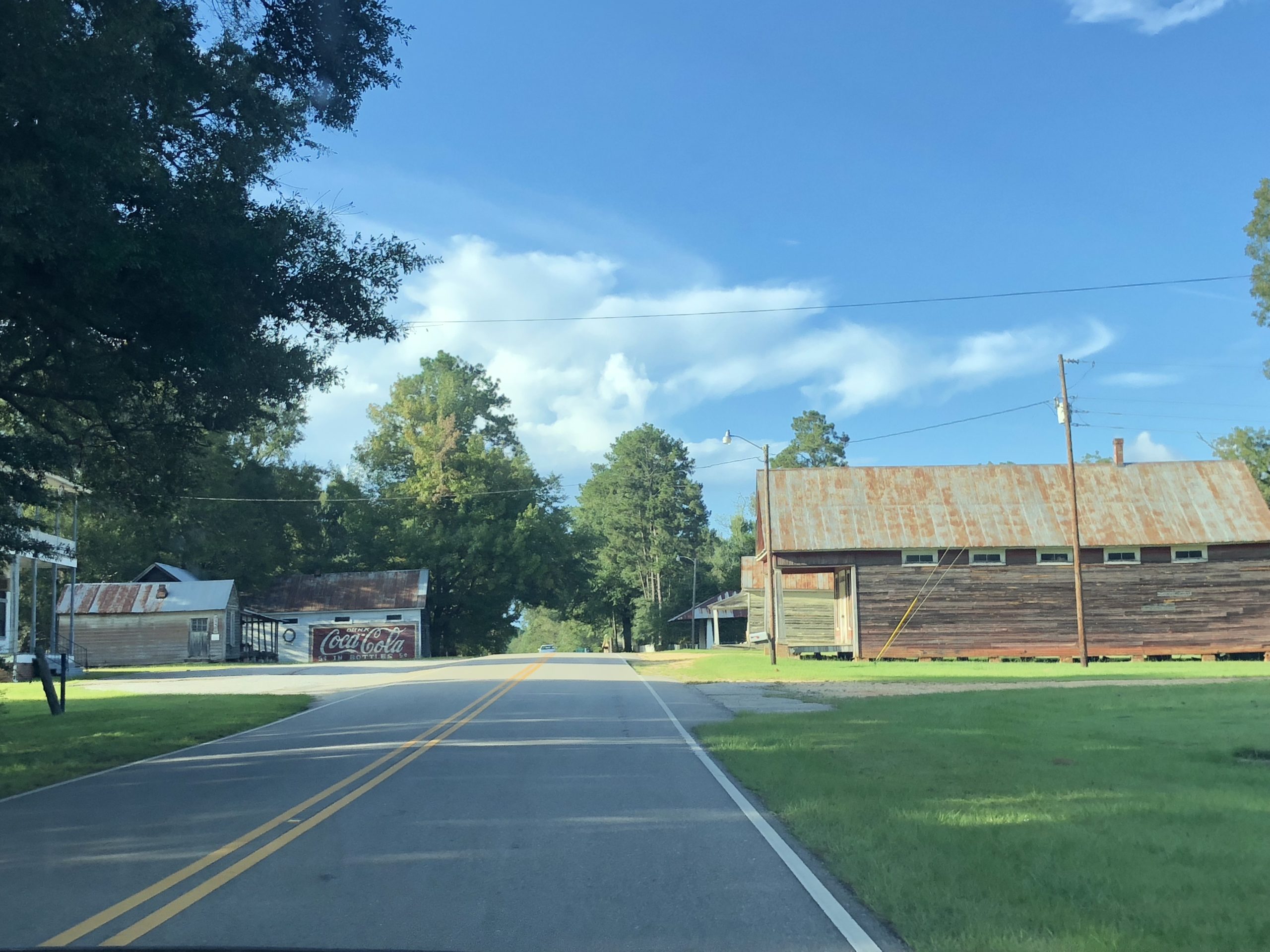We left New Orleans, picking up some fried chicken from Popeyes Louisiana Kitchen on our way out of the state. We drifted along the Mississippi coastline with its beautiful beaches, passing cities like Gulfport and Biloxi, before entering the state of Alabama near the city of Mobile (“Mobeel”).

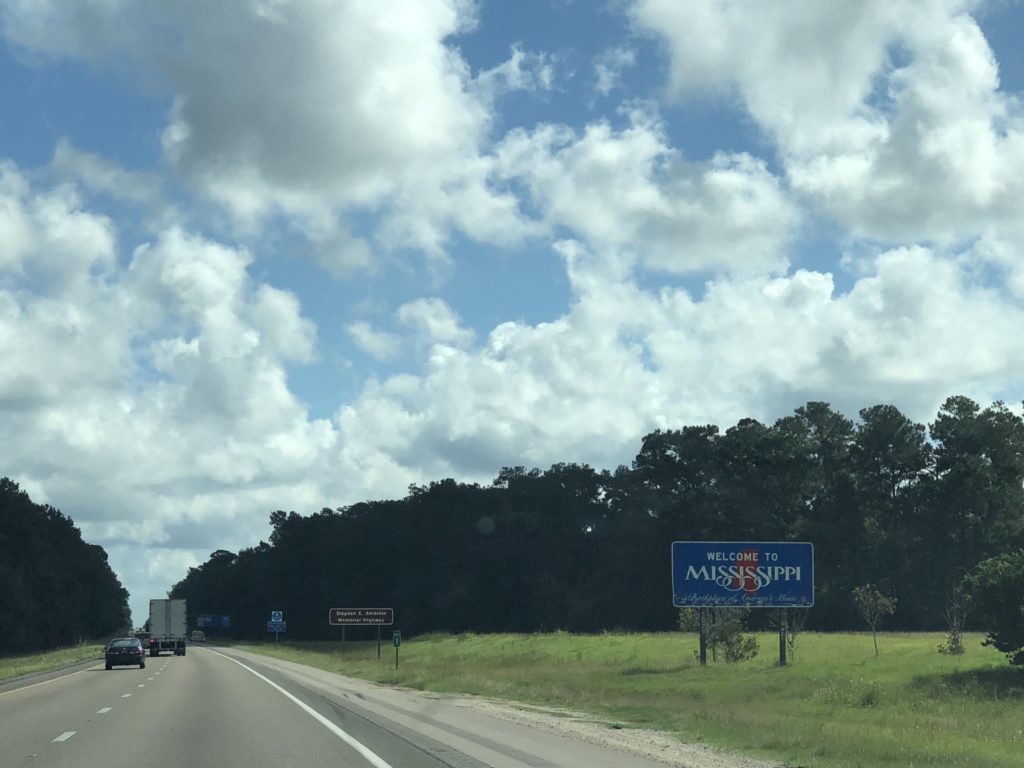
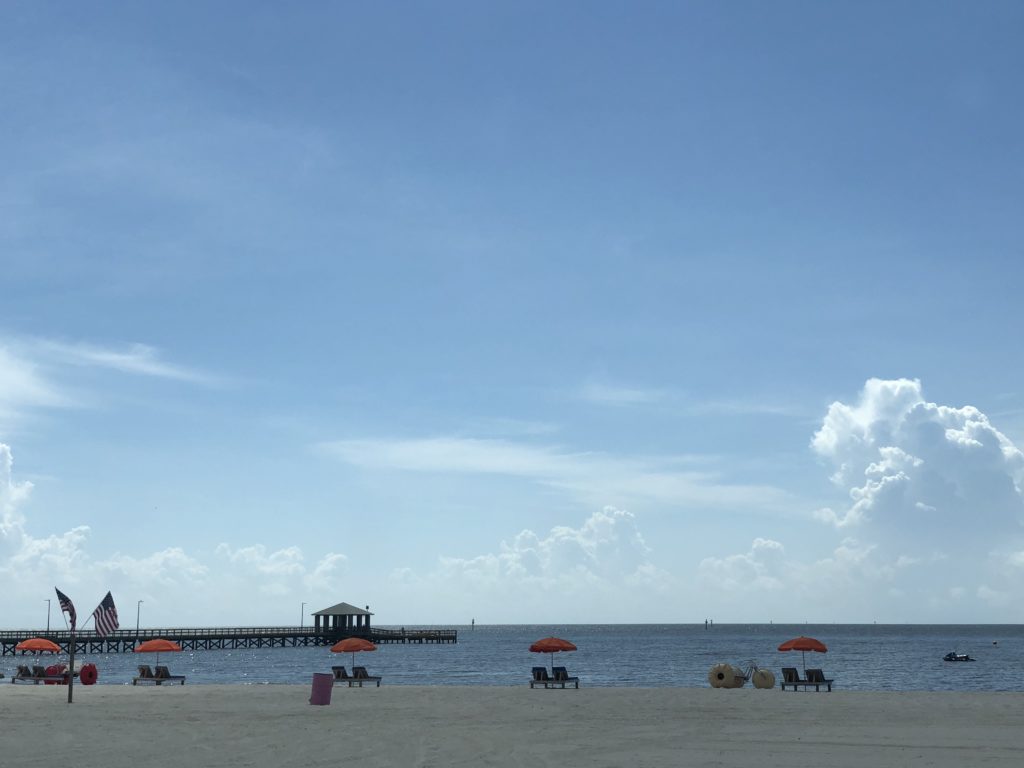
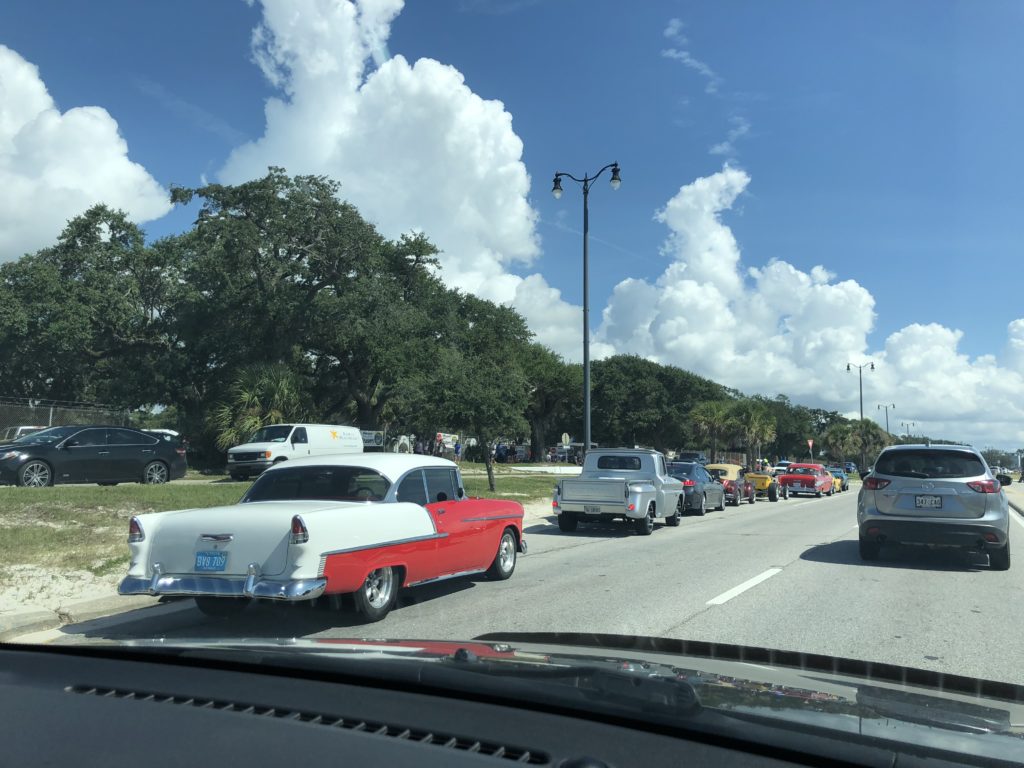
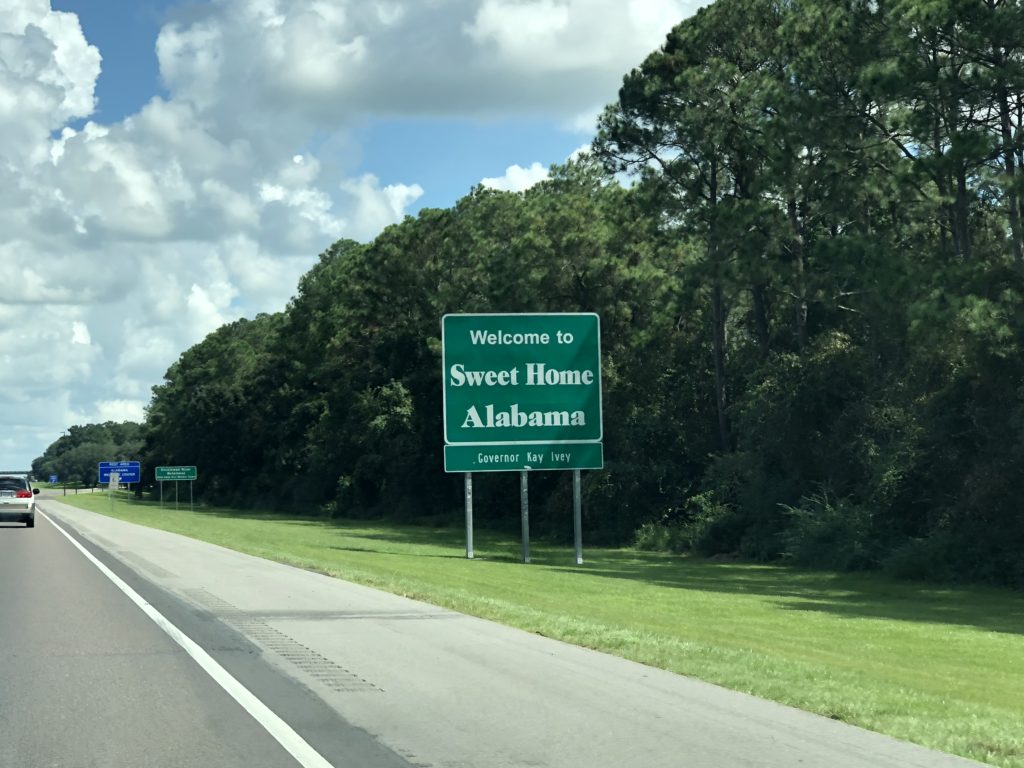
A few random facts about the great state of Alabama:
- The state is named after an indigenous Native American tribe.
- It is the 4th biggest automobile manufacturing state in the country, with big Honda, Hyundai, Mercedes-Benz, and Toyota plants. Autos account for a third of the state’s industrial output.
- The state’s constitution is one of the longest in the world, 40 times the length of the US constitution.
- Two thirds of the land is forested.
- Alabama receives ample rainfall and enjoys lengthy growing seasons of up to 300 days in the southern part of the state.
- In “Alabama English”, bird is pronounced “boyd” and a woodpecker is called a “peckerwood”.
- It is one of the most religious states in the country – with 58% attending church regularly. The biggest denomination is Southern Baptists along with other evangelical groups (“evangelicals” stress the requirement to convert or be “born again” to assure salvation).
- About 30% of adults are obese and Alabama has one of the highest incidences of adult onset diabetes.
- It has the highest number of executions per capita.
- College football is huge – University of Alabama games can average over 100,000 fans in the fifth largest stadium in the country.
About half way between Mobile and the state capital of Montgomery, we decided to make a stop and see what small-town Alabama life was all about. Randomly, we chose the town of Evergreen (pop: 3,600), founded in 1819. We learned a bit about the town’s history: for example, a devastating tornado stuck in 1882, destroying every building except a church. The town’s population has declined by about 15% since the 1980’s. Demographically, Evergreen is equally split between White & African Americans. To explore further, our first stop was Evergreen’s public library.
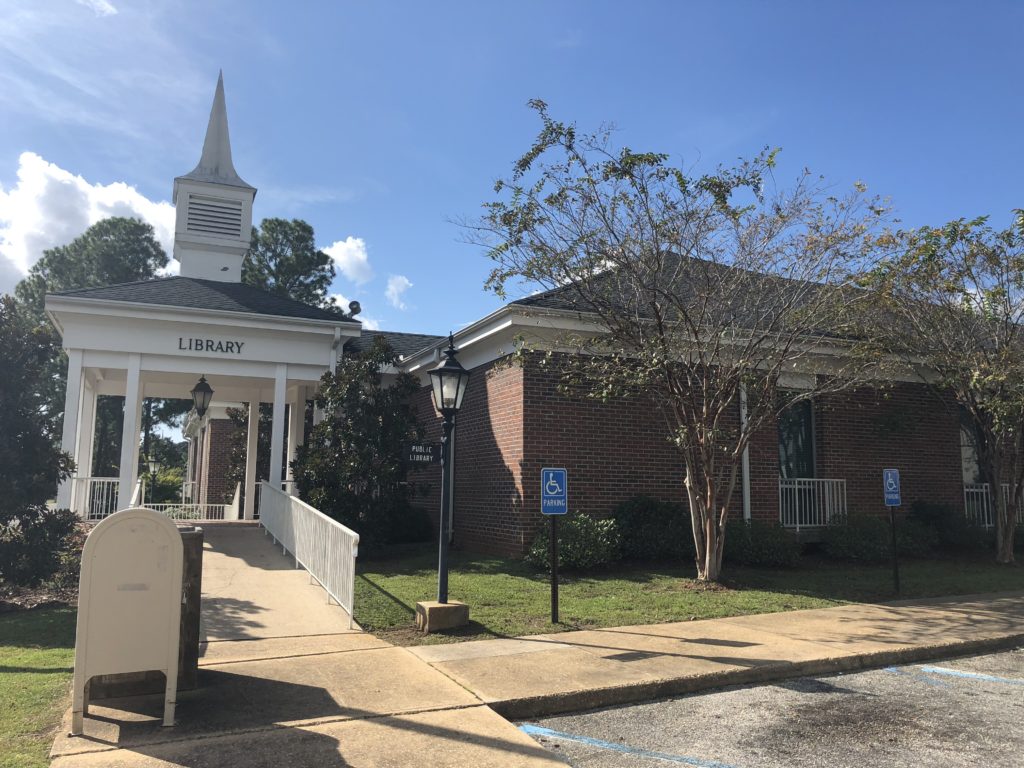
The town’s public library turned out to be a remarkable facility with a huge range of books & newspapers, as well as a number of computer terminals. The librarian, an exceptionally friendly elderly gentleman, proudly showed off the library’s day care centre and its new wing of children’s books. Probably the most interesting part of the library was a dedicated room for the town’s genealogy & history. Essentially, a local could come here and discover all sorts of facts about their family lineage. The library was far larger and more impressive than either of us were expecting, given the small size of Evergreen, and it seems to have been very well funded. Our new librarian friend sent us off with brochures of the town, a local magazine, some advice about what to see and do, a few pamphlets about his church, and printouts of about 10 of his favourite hymns. Nice chap.
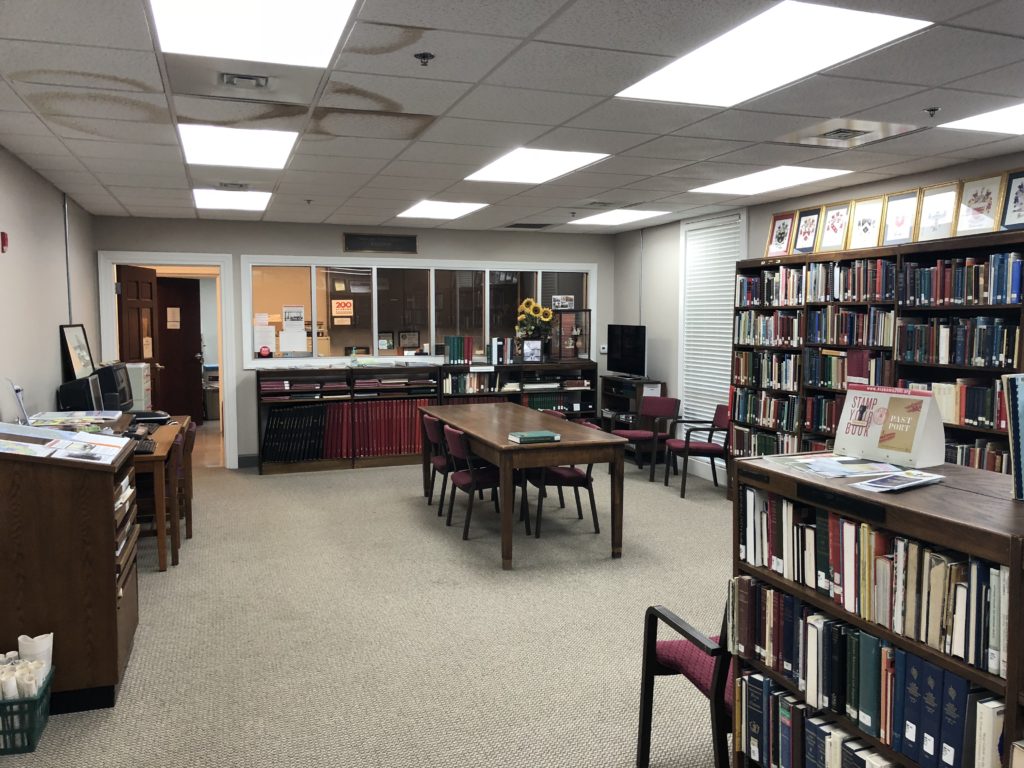
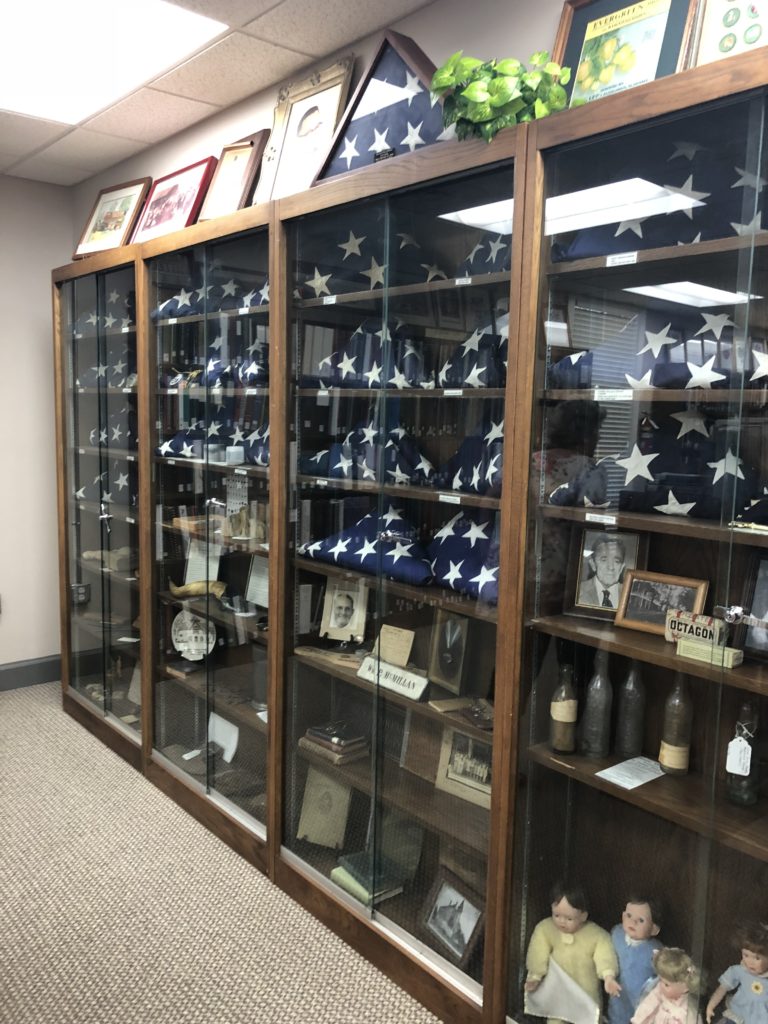
And so, we set off exploring the town. We found three churches a stone’s throw away from each other, including the impressive Tudor Revival-style Evergreen Baptist Church, built in 1908.
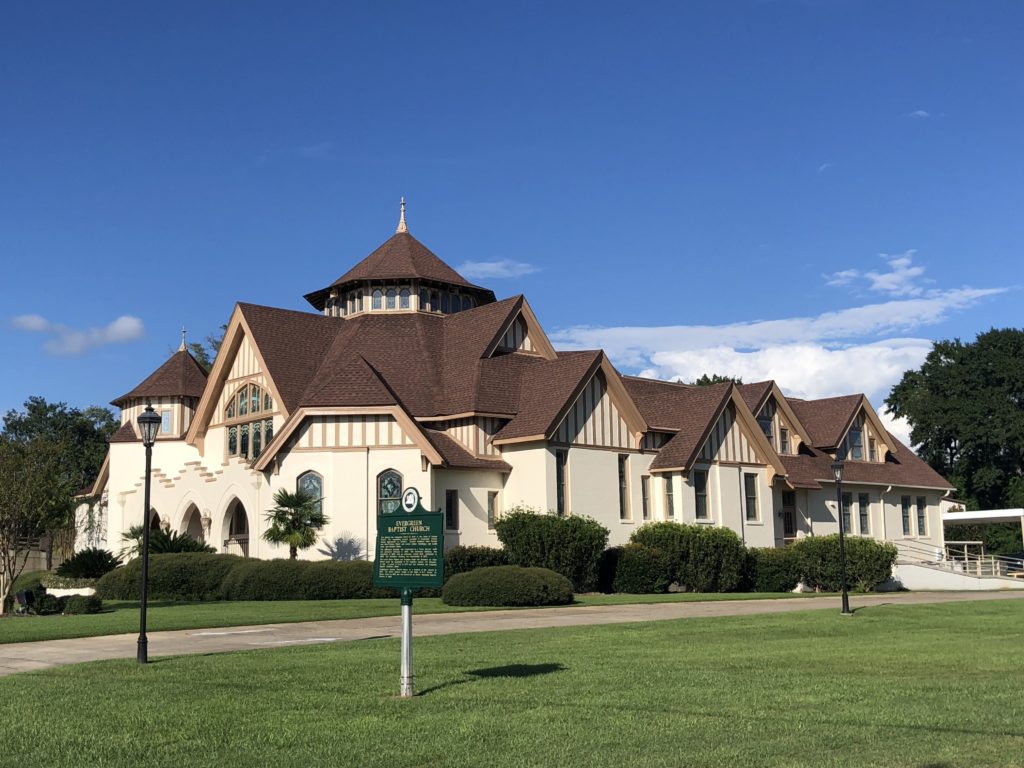
We also checked out the Taliaferro House, built in 1883 (right after that tornado). Over its life, it has been a hotel, the mayoral house, and finally a family home.
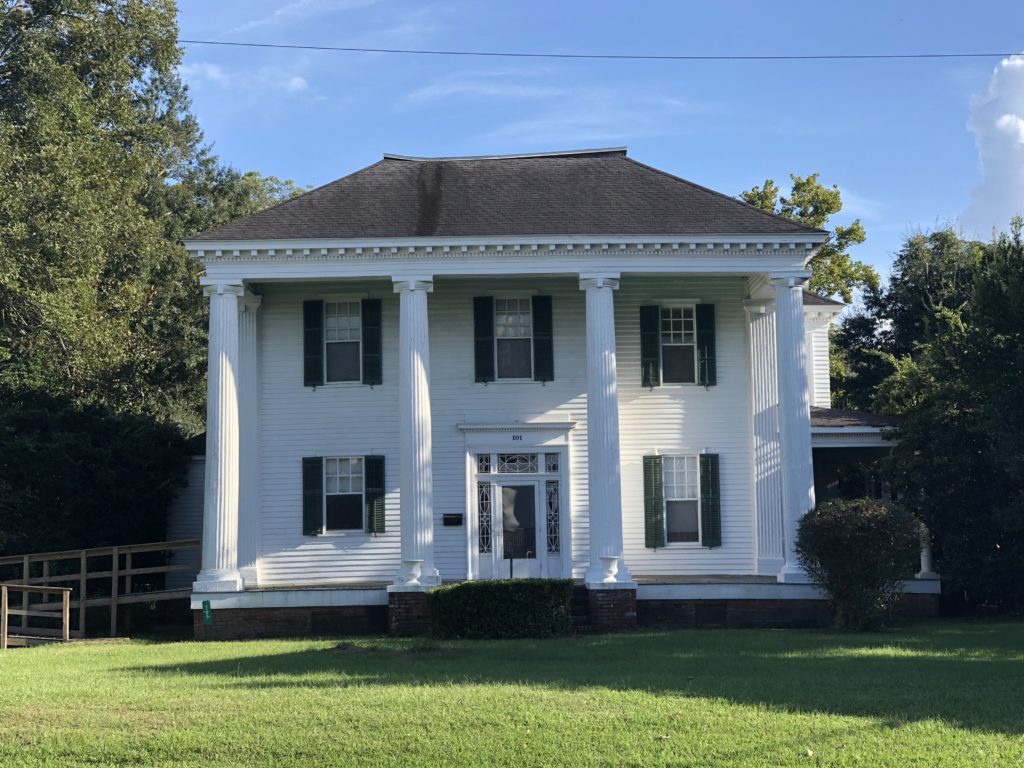
In passing, the librarian mentioned a tiny near-abandoned town located just a few miles down the road called “Burnt Corn”. With a name like that, we couldn’t resist. The town was once a stage coach stop between the Gulf Coast and the Eastern states, but the only time it appeared on the US census, in 1880, there were 33 residents. It really looks like a ghost town.
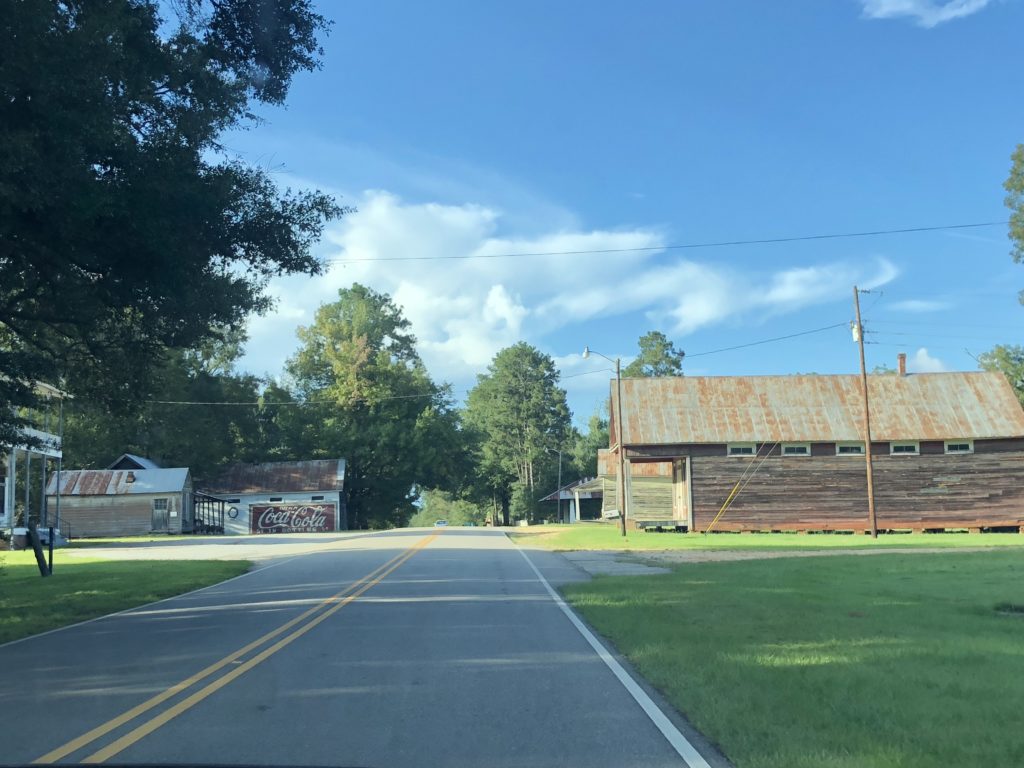
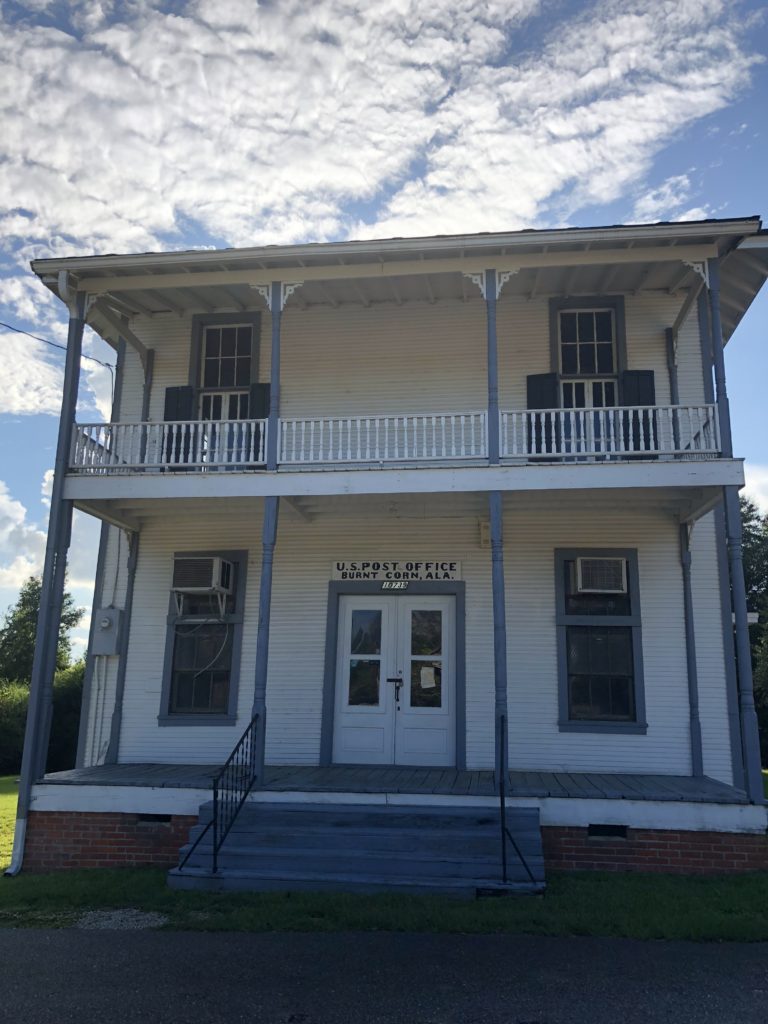

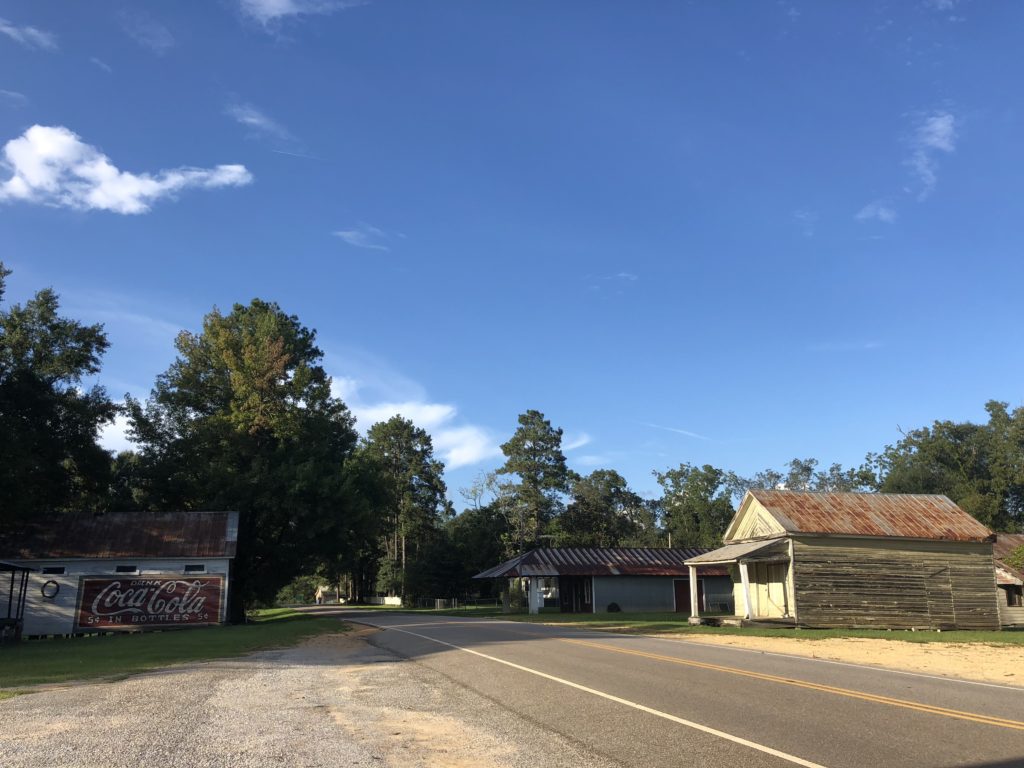
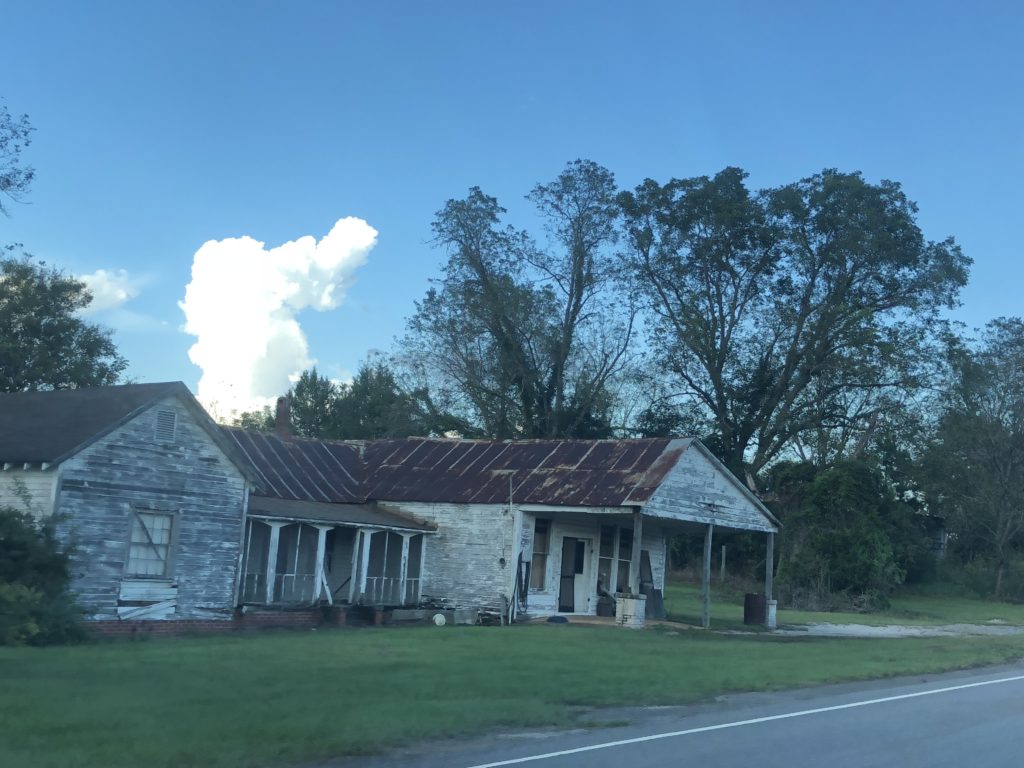
Burnt Corn was so unusual. We spotted one abandoned-looking house with a small sign that read: “Jubilee Hunting Club, Est. 2000”. I guess club members hang out here before heading off into the surrounding woods on a hunt. We noticed that the lamp on the porch was turned on, but decided against saying hello.

The surrounding area is very forested, and clearly forestry is a major industry in this part of the state.
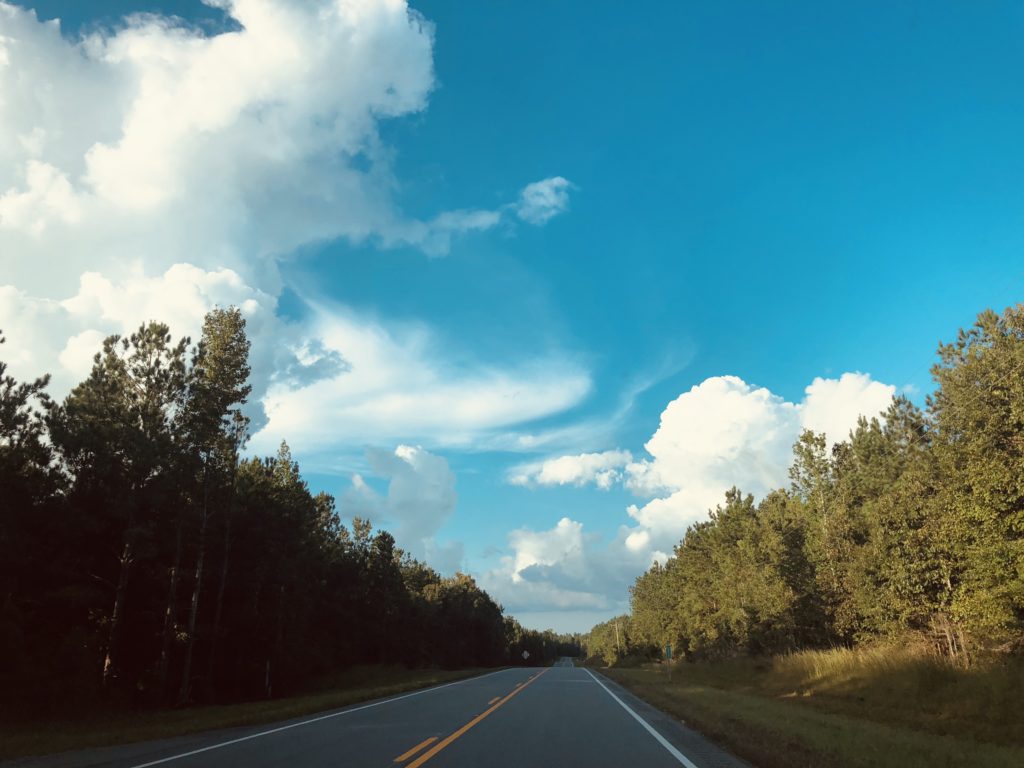
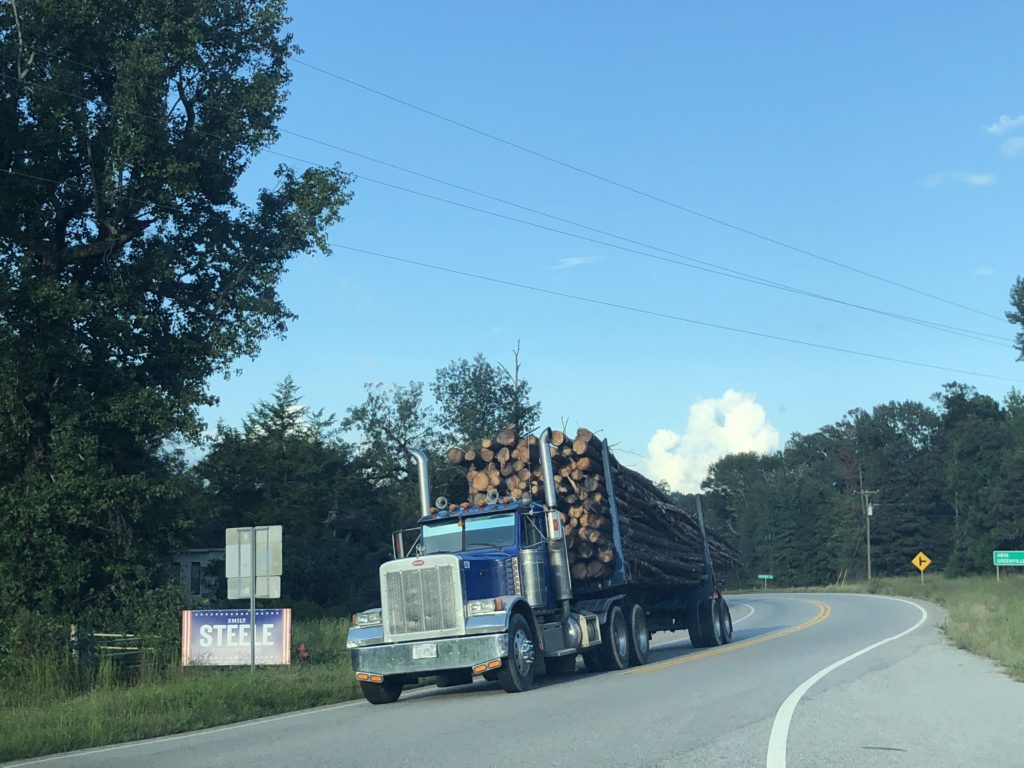
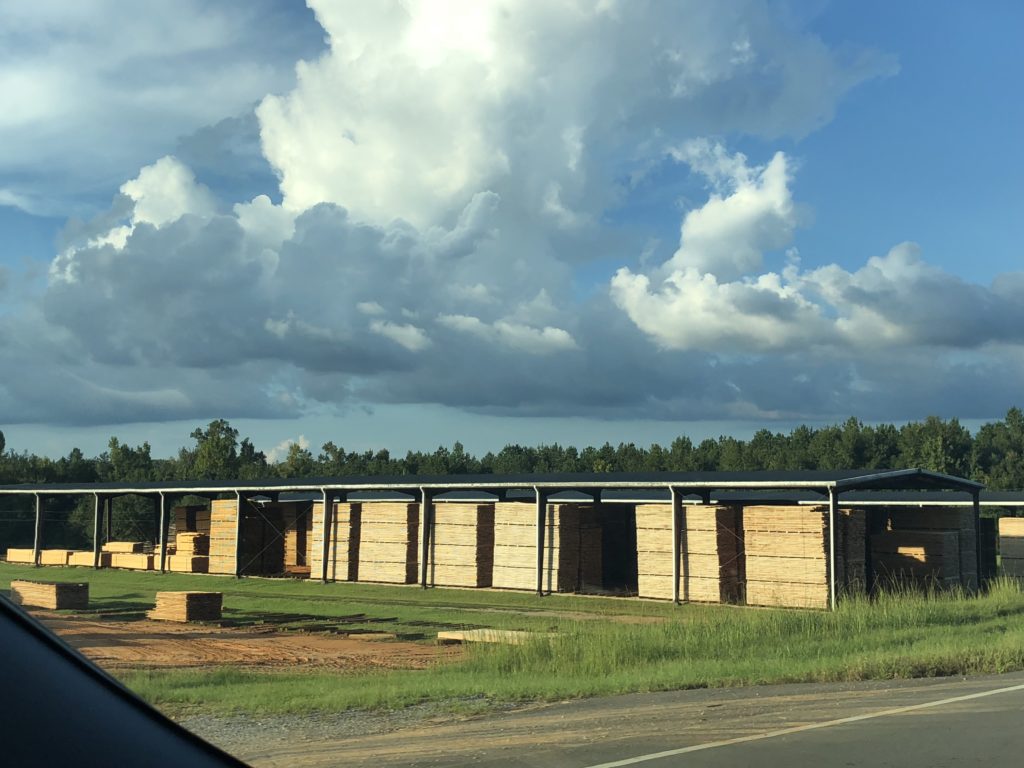
Closer to Montgomery, we spotted the huge Hyundai Motors factory. It cost about $1.7 billion to get up and running in 2005 and employs 3,000 people. It produces about 330,000 cars a year (7% of the company’s total), including the Elantra, Sonata, and Santa Fe models. This plant can supply about half of the brand’s US demand, with the rest being imported. Hyundai’s affiliate, Kia Motors, has its US plant a little ways down the Interstate 85, just over the border with Georgia.
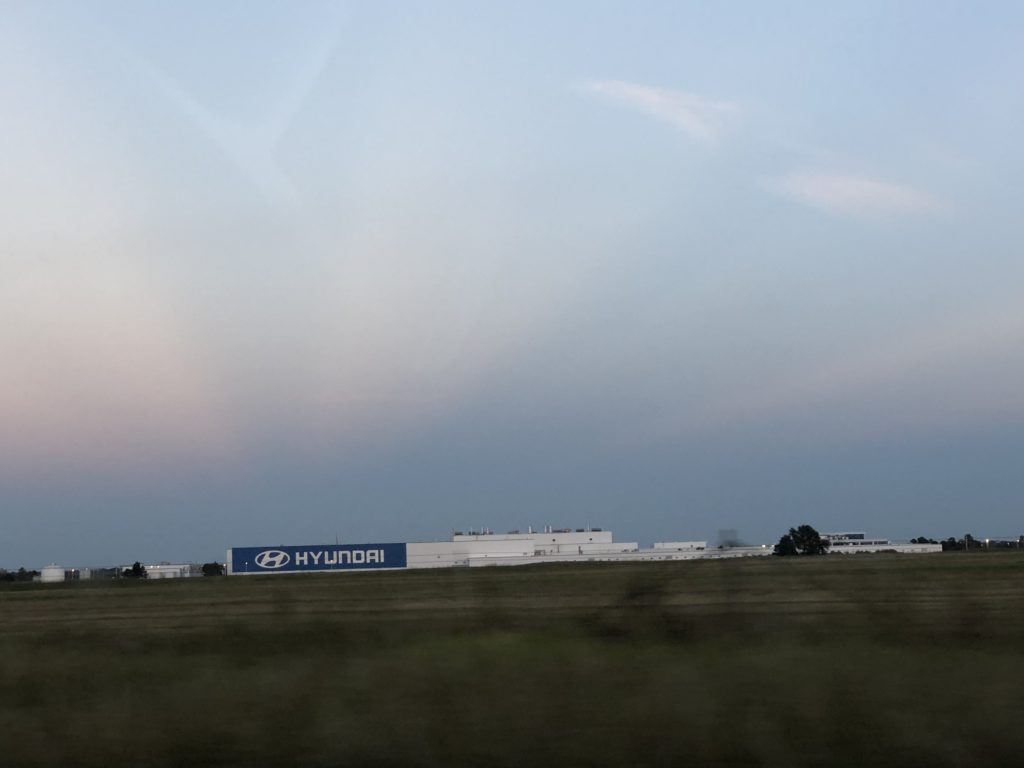
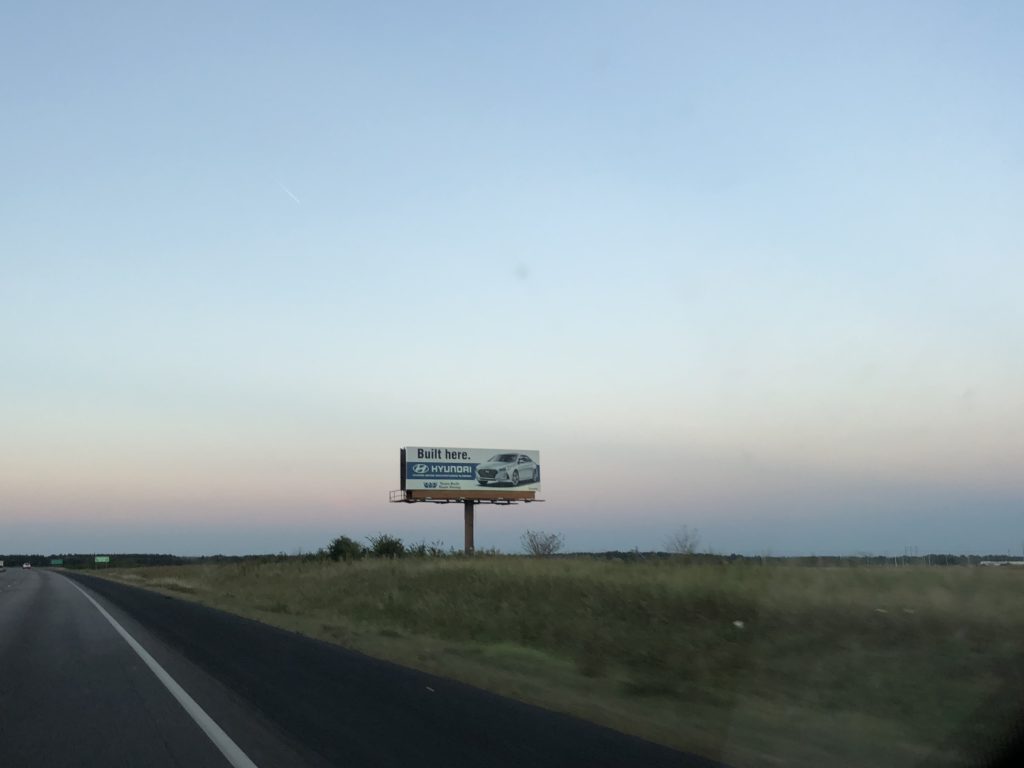
It was time to explore Montgomery, the state capital of Alabama, and the site of some extremely important events in the civil rights movement.

